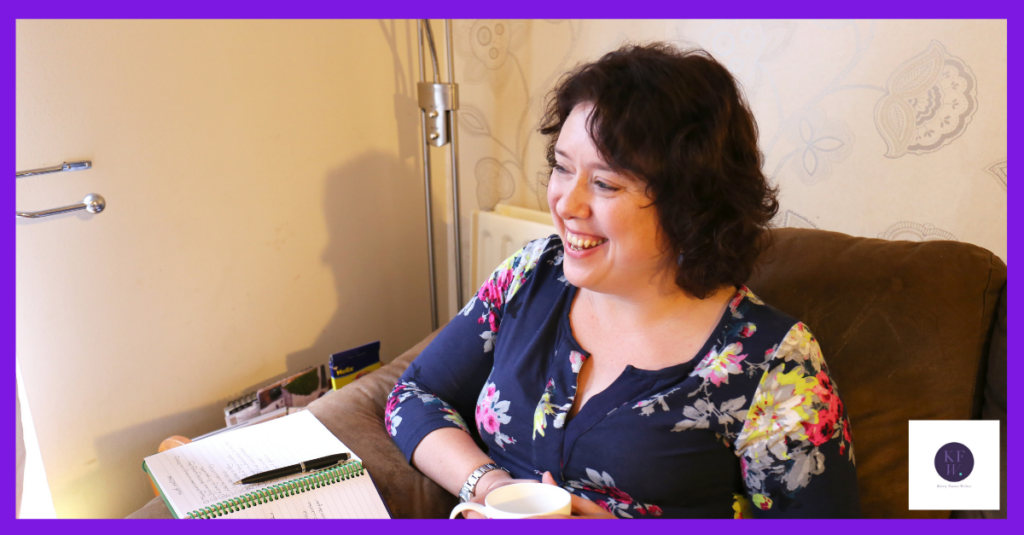
Does your marketing get in touch with your customers’ emotions? I don’t expect you to have them sobbing into their cornflakes all the time, but emotional marketing can be incredibly powerful. The adverts that you remember are the ones that made you feel something. Think of that McDonalds Christmas ad that made every mum wish her children would stop growing up so fast and you’ll get what I mean. Emotional marketing doesn’t have to be hysterically funny or make your audience cry to be effective. Here’s why you need to start thinking about your customers’ emotions when you create your marketing content.
Know like and trust
You may have heard this one before, but the know, like and trust factor is one of the key things you need to build if you want a successful business. People are learning to trust their local small businesses, but they can still be wary of handing their money over to someone who might disappear into the night. If you regularly share marketing content that shows your audience you’re a real person they’ll start to trust you. Make it something human and relatable and they’ll start to like you.
The great thing about emotional marketing is that you can be yourself. That might be terrifying, but it helps you to attract your kind of people. Your marketing makes them feel seen and understood. We’ve all learned the value of community over the past two years; emotional marketing can help you to build a community around your business.
Decisions come from the heart as well as the head
Have you ever made a logical decision then hesitated because it didn’t feel right? Or had a gut feeling about something that eventually proved to be correct? Our brains process emotional information far more quickly than facts. In fact, emotions bypass the logical part of the brain altogether. It means that emotional marketing helps you to create a great first impression before your customers know anything else about your business. They might still make a list of pros and cons, but it’ll probably come later. Or be completely irrelevant if they don’t like you.
That doesn’t mean that your marketing has to be ‘likeable’ as long as you make your audience feel something. Creating a connection is the most important bit.
Emotional marketing can be used in different ways
As you might expect, different emotions get different results. Negative emotions are more likely to encourage people to take action. Content that makes them laugh or feel happy is more likely to be shared. Your business will influence the kinds of emotions you want to evoke, but it’s important to include a mixture. You might help people with a challenge that makes them feel stressed or anxious. Maybe you want them to think about something difficult that they didn’t know about. It doesn’t mean that your marketing needs to be relentlessly depressing. You can still share the positives. This is particularly true if you’re showing your audience the before and after – more on that in a future post.
Are you ready to get some emotion into your marketing? I can help with that. Book a call here and let’s have a chat about how I can help you.








